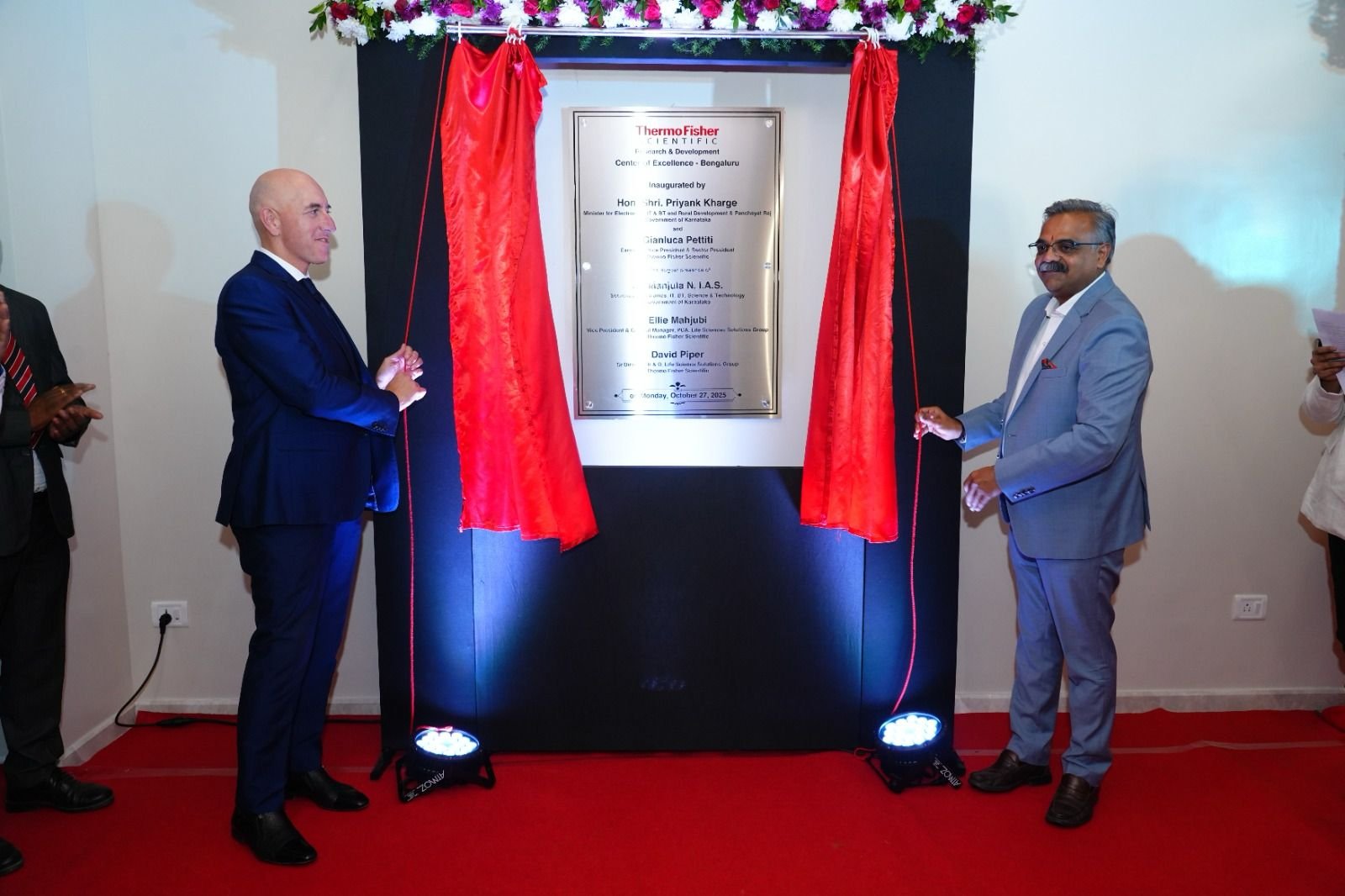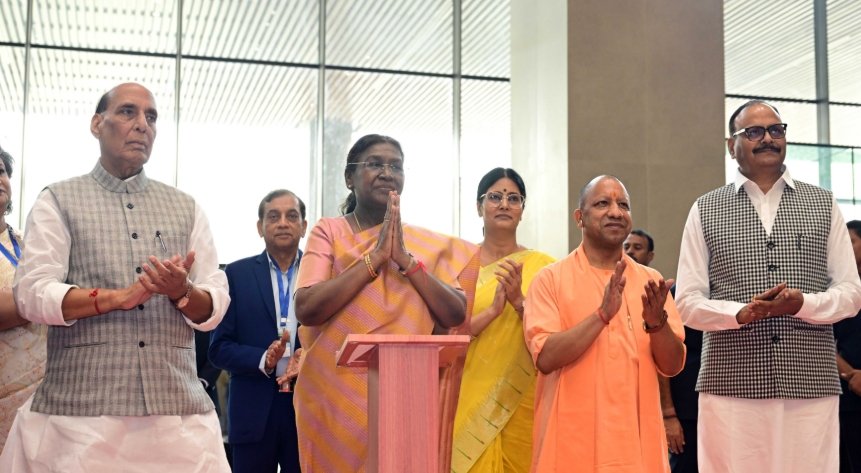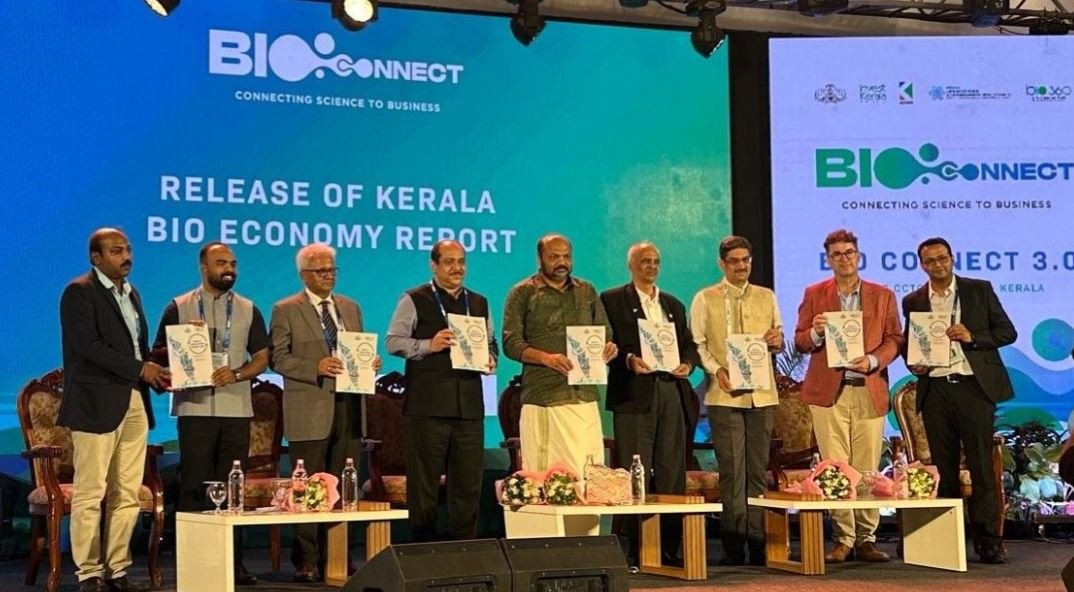Clinical research in India
November 13, 2009 | Friday | News
Clinical research in India
The unique position of
India in clinical research is no accident, but a result of many
compounding factors

In India, the clinical research industry has enjoyed a sharp growth
like few other industrial sectors. The potential of clinical research
in India is not only recognized by the stakeholders and the government;
but now, every company must have an ‘India
strategy’ regardless of whether it is a pharmaceutical
company or contract research organization (CRO).
The unique position of India in clinical research is no accident, but a
result of many compounding factors. It is an undeniable fact that the
spiraling cost of new drug development and declining R&D
outputs are driving the pharmaceutical companies to explore emerging
markets, giving a boost to clinical research in these regions,
including India. However, the industry has evolved from its initial
focus on the bio-availability and bio-equivalence (BA/BE) services, and
the local pharmaceutical industry to a full service provider to the
global pharmaceutical and biotechnology community, including phase
I–IV trials and associated services.
Transforming factors
Several factors have played vital roles in the transformation of the
industry. The most prominent factor is perhaps the access to patients
across a variety of disease areas, including treatment naive
patients, coupled with medical expertise and infrastructure,
and a standard of care that is comparable to developed countries. With
a prominent socio-economic transformation and urban-to-rural migration,
the disease profile of the country has changed considerably in the past
two decades.
With increased urbanization, industrialization, and adoption to western
lifestyle and diet patterns, there has been a surge in the
lifestyle-related disorders. Today, in India, we can see the diseases
of both the developing and the developed world. This scenario coupled
with a high number of English speaking and well-qualified allopathic
physicians provide a unique advantage. The advantage that language
offers in India makes the country unique among emerging nations. In
addition to all of the above, the cost competitiveness that India
offers cannot be ignored.
Regulatory environment
Another important point is the regulatory environment, which is stable
and conducive for the growth of clinical research. The requirements
laid down in the revised Schedule Y of the Drugs and Cosmetic Act 1940,
which governs conduct of clinical research in India; the GCP guidelines
published by Directorate General of Health Services; and ethical
guidelines for biomedical research on human participants by Indian
Council of Medical Research are in line with the principles laid down
by ICH GCP guidelines and Declaration of Helsinki.
Over the past few years, regulators have taken definitive steps to
enhance acceptability and attractiveness of India as a clinical
research destination. The most significant step was allowing the
conduct of concurrent phases of drug development with the roll-out of
revised Schedule Y in 2005. Some of the recent initiatives such as
mandatory registration of clinical trials, and planned ones such as
registration of organizations involved in clinical research and
enhanced monitoring by inspections, indicate the commitment of the
regulators to ensure that regulatory environment is of highest global
standards.
Areas of attention
Even though there has been an increase in the number of competent
clinical research professionals, this is not comparable with the
increase in trial numbers. While most pharmaceutical companies and CROs
have machinery to train their own staff, training of investigational
site staff remains an area that requires attention.
Each player in the clinical research arena must remember that clinical
trials are experiments, while these experiments are an essential step
in new drug development, as they deal with human life. This passion
must be felt by each member of the clinical research fraternity in
India.









